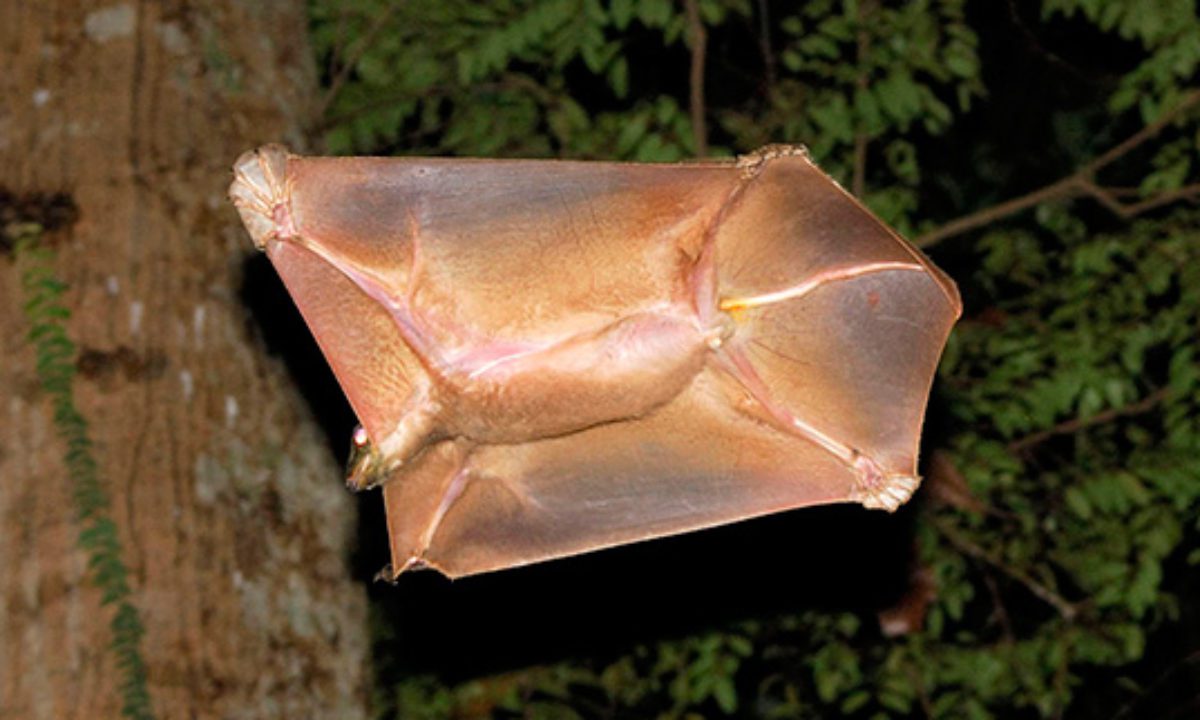From a giraffe’s long neck to a flying fish’s gliding ability, the animal kingdom boasts some of the most unique and fascinating adaptations. Through evolution, creatures have developed specialized body parts and behaviors that allow them to thrive in their natural habitats. Some examples include the platypus’s electroreception, the chameleon’s color change, the crow’s intelligence, the octopus’s camouflage, and the kangaroo’s hopping ability. Each adaptation reflects the incredible ways that animals have adapted to overcome challenges in their environments. These adaptations are a testament to the power of evolution and the diversity of life on Earth.
10 Most Unique Animal Adaptations That Will Amaze You
Evolution has helped many animal species adapt to their environment in various ways. From camouflaging themselves to having specialized body parts, creatures around the world have come up with fascinating ways to survive in their natural habitats. Here are ten of the most unique animal adaptations that you might not have heard of before.
1. Giraffe’s Long Neck
The giraffe is one of the most recognizable animals due to its incredibly long neck. They can grow up to 6 feet long, which helps them reach food in high trees. Their necks have only seven vertebrae, similar to those found in other mammals, but each vertebrae is elongated to allow for the increased length of the neck.
2. Platypus’s Electroreception
The platypus is an animal that seems to have traits from various creatures, including a duck’s bill and a beaver’s tail. However, one of its most unique adaptations is its ability to sense electrical fields, which are generated by moving prey, thanks to its electroreception. By sensing these electrical fields, the platypus can locate food in murky waters.
3. Chameleon’s Color Change
The chameleon is famous for its ability to change color, enabling it to blend in with its surroundings, both as a way to avoid predators and to sneak up on prey. The color change process is facilitated in part by specialized cells called chromatophores, which contain pigments that produce colors that can change depending on the light, temperature, and emotion of the chameleon.
4. Hedgehog’s Spikes
Hedgehogs are known for their spikes, which cover their bodies and provide essential protection against predators. While their spikes are not sharp, they work effectively against predators who attempt to grab or bite them. Additionally, hedgehogs can tuck their faces and legs beneath their bodies so only their spikes are showing when confronted with danger.
5. Crow’s Intelligence
Crows are one of the smartest animals on the planet. They are known for their complex problem-solving skills, which involve using tools to retrieve food and using vocalization to communicate with each other. Some species of crows have also been seen using cars to crack open nuts.
6. Octopus’s Camouflage
Octopuses have the ability to blend in with their surroundings by changing their skin colors and textures. They can mimic their surroundings by sensing the environment around them and matching the colors and patterns of their surrounding to blend it to their body. This is done with the help of specialized skin cells called chromatophores, which enable an octopus to change color in less than a second.
7. Hummingbird’s Hovering
Hummingbirds are the only birds that can hover in midair. They can flap their wings at an astonishing 80 beats per second, allowing them to fly in all directions, including backward. By hovering, hummingbirds can reach nectar from flowers that other birds cannot.
8. Kangaroo’s Hopping
Kangaroos are famous for their ability to hop on their hind legs, and this unique adaptation allows them to cover incredible distances with minimal effort. Their long legs act like springs, storing and releasing energy as they hop. Additionally, the kangaroos’ hopping is a very efficient way to move in their native habitat, the arid wilderness of Australia.
9. Cuttlefish’s Color Blindness
The cuttlefish’s eyesight is more complex than humans because they can see polarized light, which is light with a specific orientation. However, they are almost entirely color-blind due to the way their eyes work. Despite this, cuttlefish are still proficient at changing their color to hide from predators or become invisible to prey.
10. Flying Fish’s Gliding
Flying fish may not fly like birds, but they can glide in the air for long distances. When they feel threatened by predators underwater, they jump from the water and spread their fins to glide away from danger. Some species of flying fish can glide for up to 400 meters at a time.
These are just some of the many unique animal adaptations that exist in the world. From the chameleon’s camouflage to the kangaroo’s hopping, these adaptations demonstrate the remarkable ways that creatures have adapted to their environments. Each animal has developed a unique way to overcome the challenges of their environment, which is a testament to the power of evolution.
